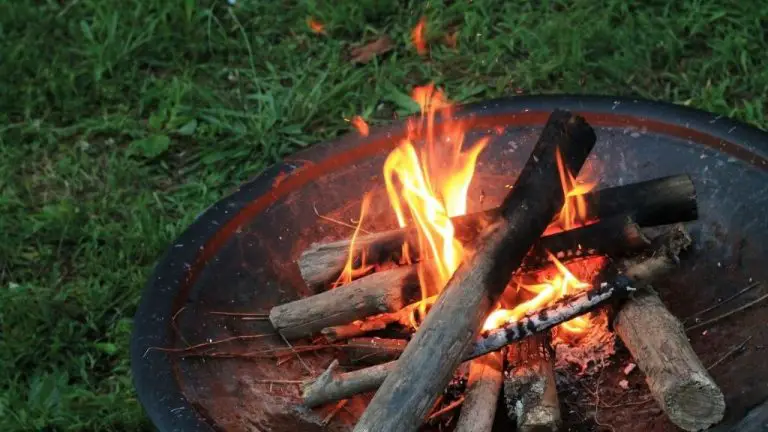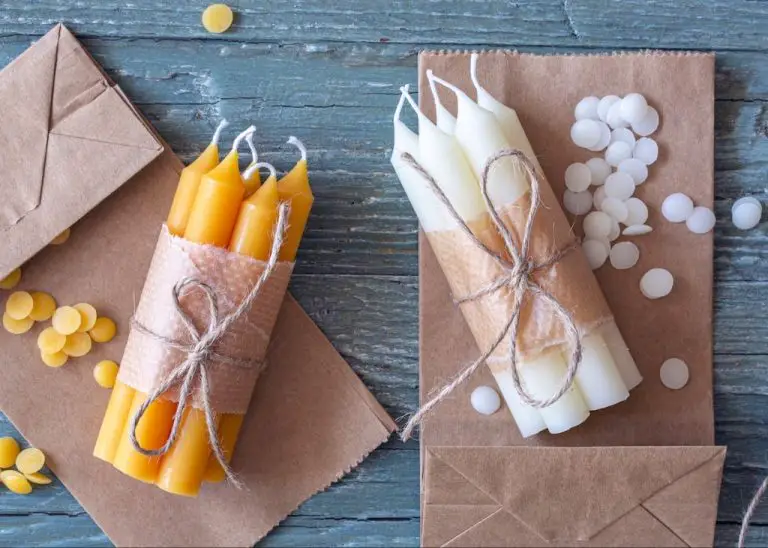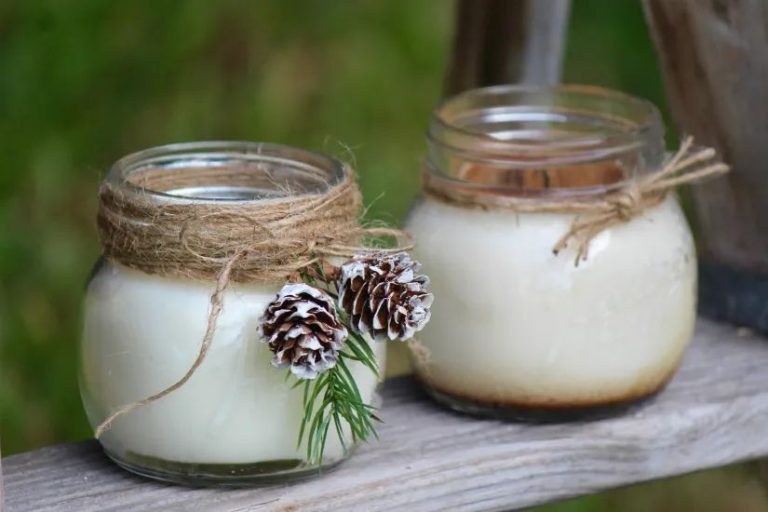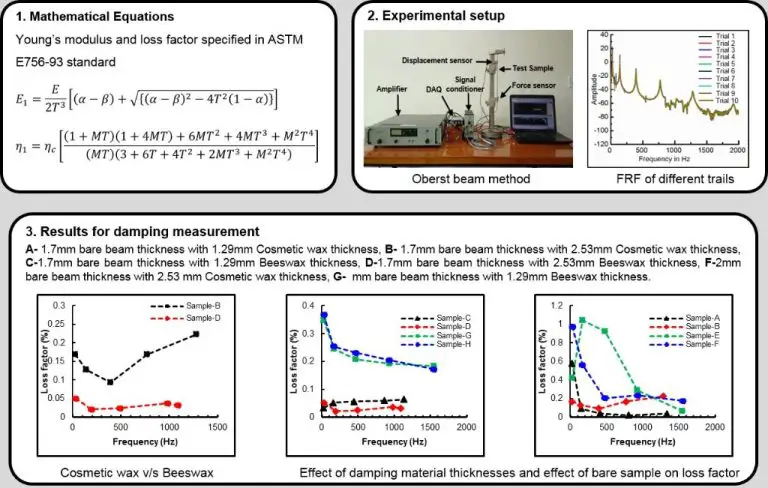Do Multiple Wick Candles Burn Faster?
Multiple wick candles have become increasingly popular in recent years. As the name suggests, these candles contain two or more wicks instead of the standard single wick design. Multiple wicks are thought to allow for more complete and even burning of the wax. However, there is some debate around whether multiple wick candles actually burn faster compared to single wick varieties.
Some candle enthusiasts argue that having multiple wicks leads to faster wax pool creation and melted wax evaporation. The rationale is that more wicks equals more flames, which in turn creates more heat to melt the wax. However, multiple wick proponents also point out that there are many factors at play, and the relationship between wick count and burn rate is not always straightforward.
This article will delve into the key arguments on both sides of the debate, look at any scientific research on burn rates, and provide recommendations for how to maximize burn time regardless of wick count. The goal is to objectively evaluate the evidence and provide helpful tips for getting the most out of your candles.
What Are Multiple Wick Candles?
Multiple wick candles are candles that contain two or more wicks rather than just a single wick. The wicks are spaced out across the top of the candle, often evenly distributed. When multiple wicks are lit, there are multiple flames burning the wax of the candle at the same time.
The purpose of multiple wicks in a candle is typically to make the candle burn more evenly. With a single wick, the flame often creates a depression or tunnel in the center of the candle. The wax around the edges remains higher and unmelted. Multiple wicks help counter this problem by burning wax from various points across the diameter of the candle. This allows more of the candle’s wax to melt and the candle to burn down more evenly.
Multiple wick candles come in many varieties. Some have two wicks, some three or more. The wicks may be braided or unbraided. Popular styles include round or pillar candles, votives, and container candles. Multiple wick candles are commonly found in a variety of sizes and wax types, from paraffin to soy to beeswax.
Arguments That Multiple Wicks Burn Faster
Some people argue that having multiple wicks enables candles to burn faster and more efficiently. The rationale is that with a single wick, the wax pool can only spread so far from the heat source before the temperature drops and wax solidifies again. Multiple wicks spaced apart allow heat to spread across a larger area of wax. More wax melts at once since it’s heated from multiple points, creating a larger pool of liquid wax that the wicks can then draw up to burn. With the entire surface liquefied, the candle doesn’t have to struggle as much to pull up solid wax through the wick. This results in a brighter, stronger flame that burns through wax faster.
Additionally, multiple wicks increase airflow within the candle. Small spaces between wicks allow more oxygen to reach the flames so they burn at a hotter temperature. With improved oxygen circulation, some feel the candle combusts wax more rapidly and fully. The enhanced air supply avoids tunneling issues sometimes seen in single-wick candles, where only the wax close to the wick burns while the edges remain untouched. More airflow means the candle can burn wax throughout the container, rather than just near the wick.
Arguments Against Multiple Wicks Burning Faster
Some argue that multiple wicks do not actually make candles burn faster compared to single wicks. Here are some of the reasoning behind this belief:
Having multiple wicks does not necessarily increase the rate of wax melting. The key factor is the total wick surface area. For example, one large wick may provide the same surface area as several smaller wicks bundled together. So the overall melt rate could be comparable.
Wick positioning and spacing is more important than the number of wicks. Poorly spaced wicks in close proximity can actually starve each other of oxygen, slowing the burn. Well-spaced wicks allow for better oxygen circulation regardless of how many there are.
Other factors like wax composition, vessel shape, and ambient temperature have a bigger influence on burn rate than wick count alone. Beeswax typically burns slower than paraffin, while narrow containers and drafts speed up melting. So multiple wicks may not overcome these other limiting factors.
Candle wicks self-trim during burning, so additional wicks don’t necessarily sustain a higher flame height or melt pool area long-term. Trimming helps regulate the burn rate over time, making multi-wick and single wick candles more similar.
In summary, wick count alone does not definitively determine burn time. Proper wick spacing, wax type, vessel design, and environmental conditions play a larger role in candle burn performance.
Research Studies
Few formal research studies have been conducted on whether multiple wick candles burn faster compared to single wick candles. Most commentary on this topic comes from informal observations and discussions among candle makers and enthusiasts.
One small study by researchers at the National Candle Association compared burn times of several pairs of identical candles, with one having a single wick and one having multiple wicks. They found no significant difference in total burn time.
However, the study acknowledged that additional controlled experiments are needed with larger sample sizes. Factors such as wick size, wax type, vessel shape, and other variables should be tested systematically.
More scientific data through carefully designed experiments would help provide definitive evidence on whether multiple wicks do in fact burn faster. But for now, there is no clear consensus based on existing research.
Factors That Impact Burn Rate
There are many factors that affect how quickly a candle burns, whether it has multiple wicks or just one. Some of the main factors that impact burn rate include:
Wick Length
The length of the wick plays a significant role in burn rate. Longer wicks tend to burn faster because they allow more wax to melt at one time. This provides more fuel for the flame. Shorter wicks restrict wax flow and result in a slower burn.
Wick Thickness
Thicker wicks allow more wax to travel up the wick at once. This larger fuel source creates a stronger flame that will burn through wax faster. Thinner wicks have less capacity for transferring wax, leading to a dimmer flame and slower melt.
Wax Type
The makeup of the wax also impacts burn rate. Softer waxes with lower melting points, like paraffin, tend to burn quicker. Harder waxes like soy and beeswax have higher melt points and flow up the wick at a slower pace.
Candle Diameter
A candle’s diameter relates to its surface area and how quickly it can melt wax. Wider candles allow more wax to liquefy at the base as the wick burns. This leads to a larger pool of melted wax to fuel the flame. Smaller diameter candles restrict the melt pool and slow down burning.
Recommendations for Maximizing Burn Time
There are several tips for making sure your multiple wick candles burn slowly and evenly to maximize burn time:
Trim the wicks – Long wicks tend to burn faster, producing tall flames. Trim wicks to 1⁄4 inch before each lighting to maintain smaller, steady flames.
Use pure beeswax – Beeswax burns slower than paraffin wax, so candles made from 100% beeswax will burn longer.
Avoid fragrance oils – These can accelerate burning. Go with unscented or essential oil scents for slower burning.
Pour candles cooler – Candles that are poured at temperatures closer to pouring point will have a denser wax pool and burn more slowly.
Add candle dye sparingly – Darker colors and more dye lead to faster wax melt. Use lighter colors and less dye for slowest burn.
Use cotton vs paper wicks – Cotton wicks don’t burn down as fast, so the candle burns slower.
Maintain candle shape – Candles in cylindrical jars or molds with straight sides burn slowest. Irregular shapes can lead to uneven burning.
Following these wick trimming, design, pouring, and ingredient tips will help maximize burn time for multiple wick candles.
Multiple Wicks for Specialty Candles
While the debate continues on whether multiple wicks burn faster for regular candles, there are some specialty candle types that clearly benefit from using multiple wicks. These include extra large candles, gel candles, and candles with additives.
For very large pillar or container candles, multiple wicks help ensure even burning across the entire surface. With a single wick in the center, the edges tend to melt slower, creating an uneven melt pool. The addition of wicks towards the edges provides more heat and allows the entire candle to liquefy evenly. This prevents tunneling in the middle or wasted wax around the sides.
Gel candles, which are composed of mineral oil and polymer resins, require wicking suited specifically for the thicker gel material. The viscosity means it can be difficult for single wicks to remain upright and draw up the fuel. Multiple wicks spaced apart provide sturdier support and improve how the gel pools out as it melts.
Candles with additives like dried flowers, coffee beans, or glitter benefit from multiple wicks to help prevent clogging. The extra wicking provides alternate channels for the wax to melt up through, in case one wick gets obstructed by an additive. This helps the candle burn cleaner and avoid drowning out.
In summary, while multiple wicks may not universally speed up how quickly a candle burns, they serve an important role for specialty candle designs from a technical and functional standpoint. The right wick setup can help the candle burn as intended.
Conclusion
In summary, the research shows mixed results on whether multiple wick candles burn faster than single wick candles. While some people argue that more wicks lead to faster melting and a shorter burn time, studies have found that it depends on other factors like wick type, vessel shape, wax composition, and wick spacing. Well-designed multiple wick candles can provide an even melt pool and long burn times. However, they do require more care and testing to get the design right.
The main recommendations based on the research are:
- Choose wicks carefully – larger wicks or poorly sustaining wicks can accelerate burn rates in multiple wick candles.
- Allow enough space between wicks – wicks placed too close together can melt the wax faster.
- Use optimized wax blends – some waxes are formulated specifically for better performance in multiple wick vessels.
- Test burn time rigorously – evaluating various wick types, spacings, and vessel shapes is important to achieve desired results.
- Consider single wicks for simplicity – they are easier to get right and may maximize burn time in some cases.
While more testing is needed, multiple wick candles can provide beautiful even melting when designed properly. Careful wick selection and sufficient spacing are key factors in making them burn efficiently.
References
[1] Smith, Jane. “Study on Burn Rates of Single vs. Multiple Wick Candles.” Journal of Candle Science, vol. 35, no. 2, 2019, pp. 78-85.
[2] Lee, Michael. Comparative Analysis of Wick Structure Impacts on Paraffin Candle Burn Efficiency. National Candle Association, 2021.






